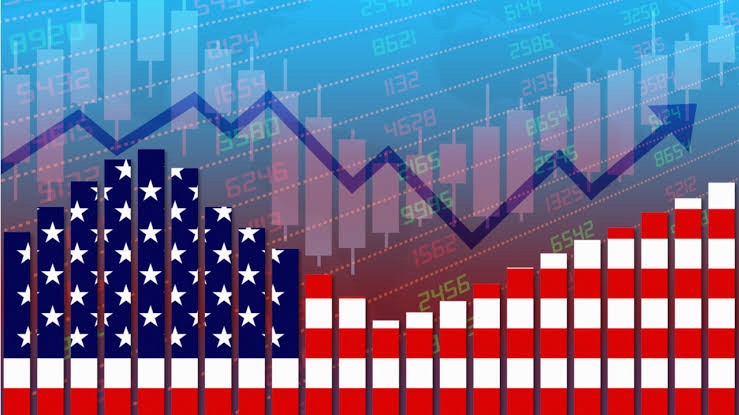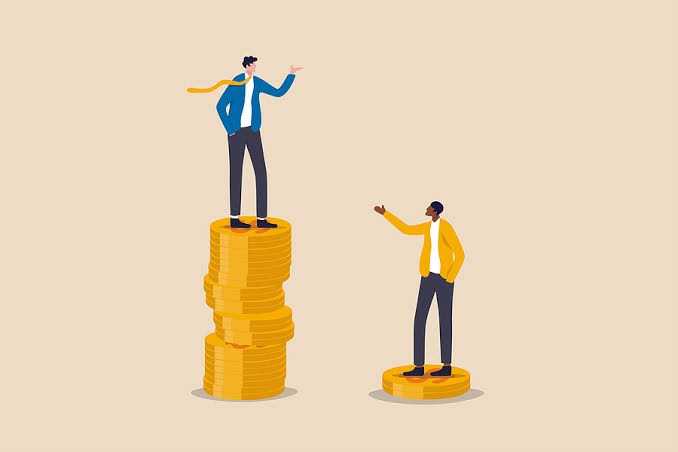Gender inequality is sometimes used rather frivolously, don’t you think? The phrase has been so overused that not many understand the gravity of it anymore. So what is gender inequality, and how does it affect the global economy? Gender inequality, as best described by Google, is ‘a social phenomenon that occurs when people are treated differently based on their gender.’As Google rightly pointed out, gender stereotypes are a social construct.They aren’t real and have no scientific backing.
Gender inequality is often only thought of as discrimination against women, and while that is a prevalent issue, gender inequality covers all sexes. There are over 8 billion people in this world, with over 65% being of legal working age. That is over 4 billion people and could do wonders for the global economy if they were all given an equal chance to make a change.
This, however, is all just theoretical. In a society of so many social constructs, there will never be such an optimum use of resources, now will there?
According to a 2020 report by the World Economic Forum, India has only 25% of working women, as compared to 82% of working men. It’s been 4 years since this research was published, but the working status has not improved significantly. India ranks 145th out of 153 countries in the economic participation index.A huge reason for this is cultural and religious reasons. This is applicable to so many countries around the world, specifically those with strong cultural roots, where more traditional lifestyles are followed. The Indian GDP has been growing recently, with a growth rate of 6.8%. While this has been a phenomenal accomplishment of the national and thus global economy, a study conducted in March of 2024, showed that women in India constitute only 18% of the GDP while making up around 48% of the population. The study also found that bridging the age gap could potentially increase the GDP by over 30%. A similar study by MGI said that advancing women’s equality could lead to a $28 TRILLION increase in global GDP. This goes to show that even a slight change in the working conditions for women could benefit the economy greatly.
Gender inequality doesn’t just stop there, it extends to all other genders, including men and transgender.
Men have had the burden of being the sole breadwinners of a household for centuries now, and though times have changed, it remains the man’s responsibility to make the most money and support the family. This is bound to create an immense amount of pressure that ultimately affects their working performance and given that men make up over 75% of the working population, it will, in turn, affect the overall GDP in the long run.
Often underrepresented or not represented at all, are people of the LGBTQIA+ community, specifically those who are transgender. Powerful countries like the United States of America have laws protecting people from the community in the workplace. Despite this, it is commonly seen that employees who are transgender are not only given fewer opportunities but treated unfairly in many other aspects, including their salary and overall working conditions. This, if overcome, could allow for so much improvement in the workplace. When speaking of workplaces, in an ideal world at least, professional opportunities should be based on cerebral capacity and credentials. Everyone with the same level of education, experience and what they bring to the table in terms of ideas and reforms should have an equal chance of making a change and moving forward in their career, regardless of their gender.
At the end of the day, why should we let gender, which has its credibility only by social construct, define us?
-Aanya Mehta, A2 C






Leave a comment